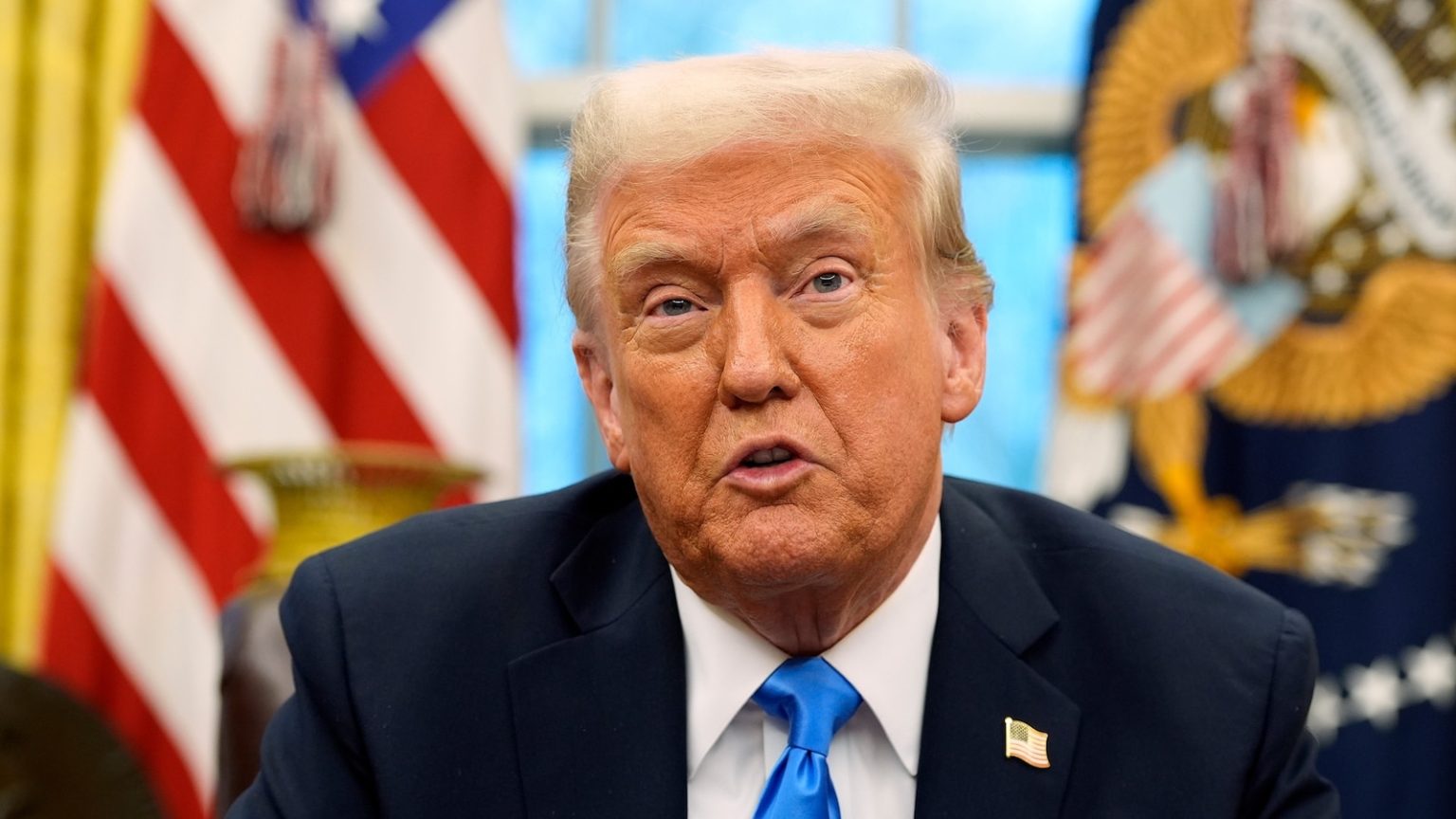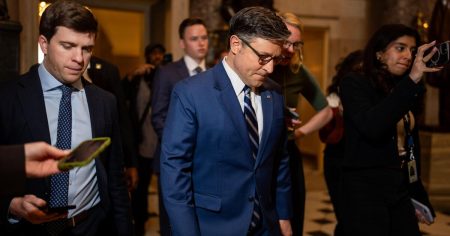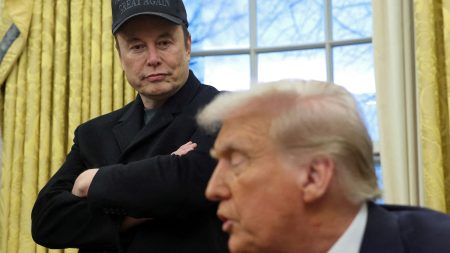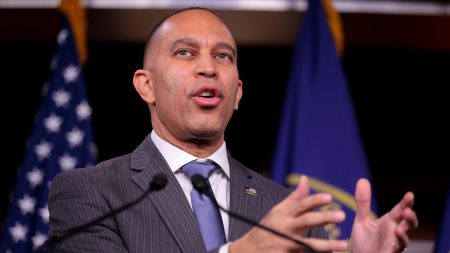The Importance of Federal Funding in Public Education
Heather Stambaugh, a high school teacher in rural Ohio, speaks passionately about the transformative impact of federal funding in her classroom. She explains how these funds enable individual aides to work one-on-one with high-need students, leading to breakthrough moments that might otherwise be unattainable. For Stambaugh, the stakes are high: these students are the future doctors, lawyers, and business leaders of tomorrow. Without adequate staff and resources, she fears that many will struggle to reach their full potential. Federal funds from the Department of Education are crucial in addressing barriers faced by low-income, low-performing, disabled, and rural students, providing essential programs and resources that level the playing field.
Stambaugh highlights the gravity of losing these funds, particularly for young students receiving targeted reading interventions. She paints a stark picture: without these programs, students who are already struggling could fall even further behind, potentially unable to perform basic tasks like reading medical documents or managing everyday responsibilities. The loss of federal funding would disproportionately harm the most vulnerable students, leaving them at a greater disadvantage in their academic and personal lives.
The Role of the Department of Education
The Department of Education, established in 1980, plays a critical role in supporting public education across the United States. Its mandate includes collecting data on schooling, distributing funds to targeted communities, and enforcing civil rights laws to ensure equal access to education. Despite its importance, the department is the smallest Cabinet-level agency, with fewer than 5,000 employees. Importantly, it does not dictate school curriculum or policy, leaving those decisions to local and state authorities.
President Donald Trump and some Republican lawmakers have called for the elimination of the Department of Education, arguing that it is inefficient and causes more harm than good. Trump’s vision is to “send all education work and needs back to the States,” potentially using block grants to expand school voucher programs. However, critics warn that dismantling the department could lead to the loss of critical programs that support marginalized students. Lawmakers like Senator Mike Rounds have proposed redirecting the department’s funds and responsibilities to other federal agencies, such as the Departments of Interior, Treasury, and Health and Human Services.
The Impact on Vulnerable Students
Federal funding is a lifeline for schools serving low-income and disabled students. Programs like Title I and the Individuals with Disabilities Education Act (IDEA) provide financial assistance to communities with high levels of poverty or large disabled populations. These funds support additional reading and math instruction, speech therapy, after-school programs, and staffing for students who need extra help. For example, in Ohio, nearly 16% of students have a disability, and federal funding subsidizes the salaries of tutors and intervention specialists who work with these students.
Rodney Fresh, a Detroit high school teacher, has seen firsthand how federal-funded career and technical programs can transform lives. He recalls students who struggled in traditional classrooms but thrived in supportive, federally financed programs, discovering their passions and becoming productive members of society. Fresh emphasizes that schools are more than just places of learning—they are safe havens where students can access meals, clothing, and additional academic support. Without federal funding, these critical services would disappear, leaving many students without the resources they need to succeed.
The Political Battle Over Education Funding
The debate over the Department of Education’s future is deeply political. While some Republicans argue that the department is unnecessary and that education should be a state responsibility, Democrats like Representative Jahana Hayes warn that dismantling the department would harm vulnerable students. Hayes points out that the department was established by Congress and can only be dismantled by Congress, making it unlikely that Trump can abolish it through executive action alone.
Despite these legal barriers, the Trump administration has already taken steps to reduce the department’s influence. The Department of Government Efficiency (DOGE) has cut nearly $900 million in research contracts from the Institute of Education Sciences. However, with a thin Republican majority in Congress, it remains uncertain whether the department can be fully dismantled. Representative Burgess Owens of Utah admits that the effort will be a “numbers game” in Congress, but he remains hopeful that block grants could replace federal programs while ensuring some level of state accountability.
The Future of Public Education
The outcome of this political battle will have far-reaching consequences for public education. Federal funding accounts for only about 11% of school revenue nationwide, but for states like South Dakota, Mississippi, and Montana, it makes up nearly 20% of school budgets. These states, along with urban districts like Detroit, would be hit hardest by the loss of federal funds. For teachers like Stambaugh and Fresh, the stakes are personal: they see firsthand how these programs change lives.
As the debate rages on, educators are bracing for the worst. Representative Hayes warns that the Trump administration may try to “strangle the funding” of the Department of Education if it cannot be dismantled outright. For now, the future of federal education funding remains uncertain, leaving teachers, students, and families anxiously wondering what comes next. One thing is clear: the decision to eliminate or diminish the Department of Education will have a profound impact on the next generation of Americans.















